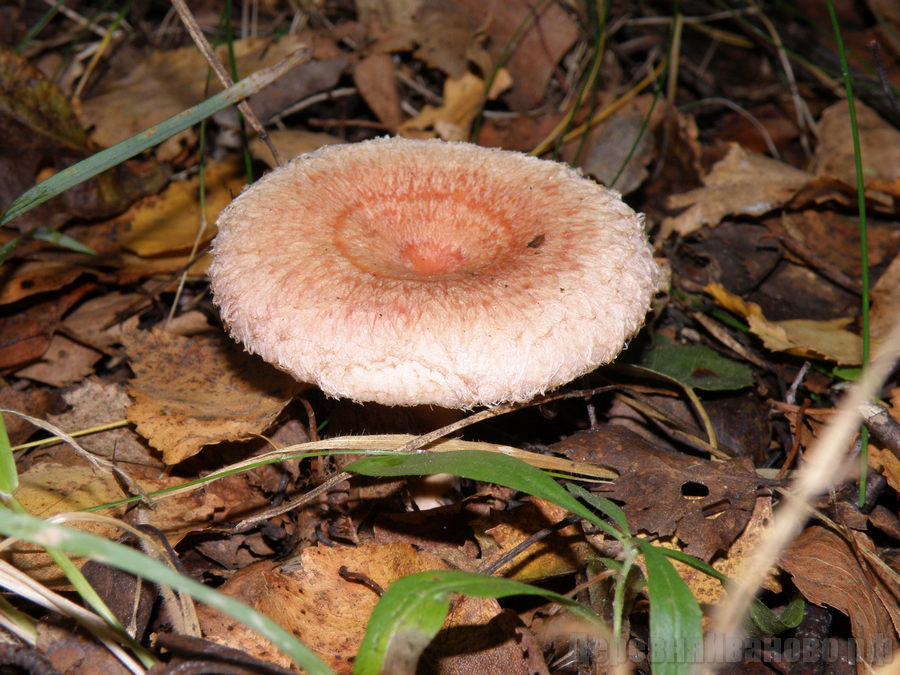The article will tell you how to distinguish an edible wave and what kind of nutritional value it carries for the body.
Content
- Mushrooms of the wave - what are the autumn pink, white, yellow, meadow, Ulunskaya, false: photos with names
- How to distinguish redders from the waves of edible and false? Where are the mushrooms of the waves of mushrooms grow when they appear, when to collect?
- Video: "How to distinguish a redhead from the wave?"
- Wall mushrooms: edible or not, is the pink wave is not poisonous?
- Wall mushrooms: benefits and harm to humans
- Video: "The wave is pink: poisonous?"
Mushrooms of the wave - what are the autumn pink, white, yellow, meadow, Ulunskaya, false: photos with names
Wall - mushrooms that can often be found in the forest. They are distinguished by an unusual hat, a pattern on which looks like waves. The waves are largely similar to the mushrooms of the “whites”, but unlike them, the waves are stronger than the leg and the hat has a yellowish or pinkish color.
Important: the waves in the West are considered not edible mushrooms, which cannot be said about the CIS countries.
The wave grows mainly on sandy and siliceous soils. Very often they can be found under trees such as birch. The width of the hat and this species can reach from 2 to 10 cm. It is a little convex with the concave mean. The edges of the hat are always wrapped inward. You can also distinguish the mushroom by the way the hat is covered with hairs.
The plates of the wave (those that are under the hat) always have the same color (pale and yellowish). Her leg is light (lighter than the hat), but quite dense and very smooth. The length of the leg is about 5 cm and very rarely it is hollow. The taste of the wave is not unequivocal: one likes it, the other is not. A raw wave is caustic, only during temperature treatment it loses its bitterness. Some prepared wave may seem sharp. The mushroom has a pleasant earthen smell, both in cheese and fried, as well as boiled form.




How to distinguish redders from the waves of edible and false? Where are the mushrooms of the waves of mushrooms grow when they appear, when to collect?
How to distinguish:
- The hats of the waves are much wider than that of the redheads
- In adult saucers, the hat is not curved, but even
- The red -haired hats are a wet hat slightly sticky
- The redhead has a color darkened if you press on the mushroom (on the plates)
- Redcles grow mainly in a spruce forest
- The redheads have a hat no more than 9 cm
Video: "How to distinguish a redhead from the wave?"
Wall mushrooms: edible or not, is the pink wave is not poisonous?
The “pink” wave, which grows in mixed or birch forests, is found in small groups of mushrooms. The wave should be collected from July to October. You can distinguish by the presence of pink circles on the hat. The pink wave has "doubles":
- For example, pink "Molekniki" (also differ in a pinkish hat).
- Molegs have no fluffy pile on a hat
- Molegs are smaller than wolf

Wall mushrooms: benefits and harm to humans
The nutritional value:
- Protein -3 gr.
- Fat- 0.4 gr.
- Carbohydrates- 3.3 gr.
The calorie content of the waves is small, only 22 kcal per 100 g (fresh mushrooms). In addition, there are 93 grams of water in the mushrooms (for the same amount) and 1 g of fiber.
Features of the mushroom:
- It has a pleasant taste
- Is beneficial for humans
- Have a rich chemical composition
Chemical composition:
- Glucose and fructose
- B vitamins
- Vitamin C
- Folic acid
- A nicotinic acid
- Tiamin
- Riboflabin
- Sulfur
- Magnesium
- Zinc
- Potassium
- Sodium
- Calcium and other minerals
The benefits of the wave:
- Mushrooms have a small but tangible anti -inflammatory property.
- Capable of giving an anesthetic effect
- Useful for the prevention of rheumatic pains (for example, in the back or joint pain).
- Provide antimicrobial and antibacterial property
- “Kill” pathogens in the gastrointestinal organs
- Help the human body easier and faster to recover.
- Improve mental activity
- Make vision more sharp
- Improve the condition of the skin, hair and nails
Contraindications for eating waves:
- The presence of cholecystitis
- The presence of pancreatitis
- The presence of acute diseases of the stomach and intestines
- Do not give little children (who are not yet 7 years old).
- It is not recommended to eat nursing mothers and women in the “position”.
- You can not eat those who have experienced an operation to remove the gallbladder.








